Categorization:Harness Component
In modern electronic devices, the extremely fine coaxial cable bundle (micro-coaxial cable) is known as the "invisible hero" of high-frequency and high-speed signal transmission. It has a compact structure and high flexibility, and is widely used in devices with high requirements for signal integrity such as smartphones, laptops, tablets, medical equipment, and drones. However, in these precision systems, "impedance matching" is a crucial technical point that must be paid attention to. Many engineers know of its importance, but may not fully understand why it is so critical.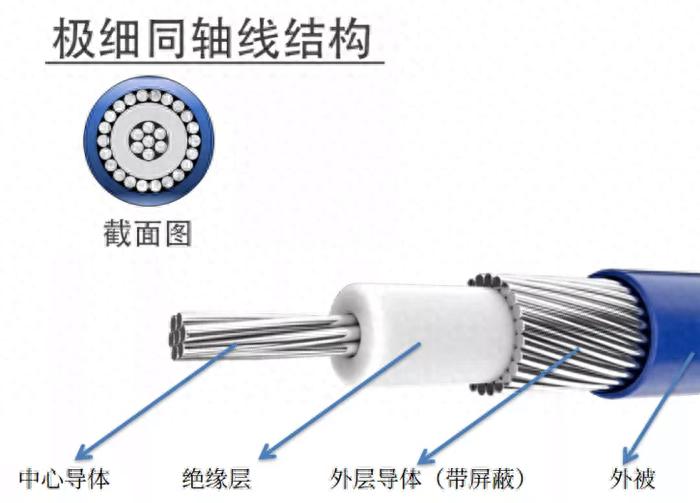
Impedance matching directly affects signal integrity
In the process of signal transmission, signals can only be transmitted smoothly when the impedance of the cable, connector, and load are consistent; if there is a mismatch, part of the signal will be reflected to form standing waves, resulting in energy loss and waveform distortion. For miniature electronic systems, even the slightest distortion can lead to abnormal images, communication errors, or system instability.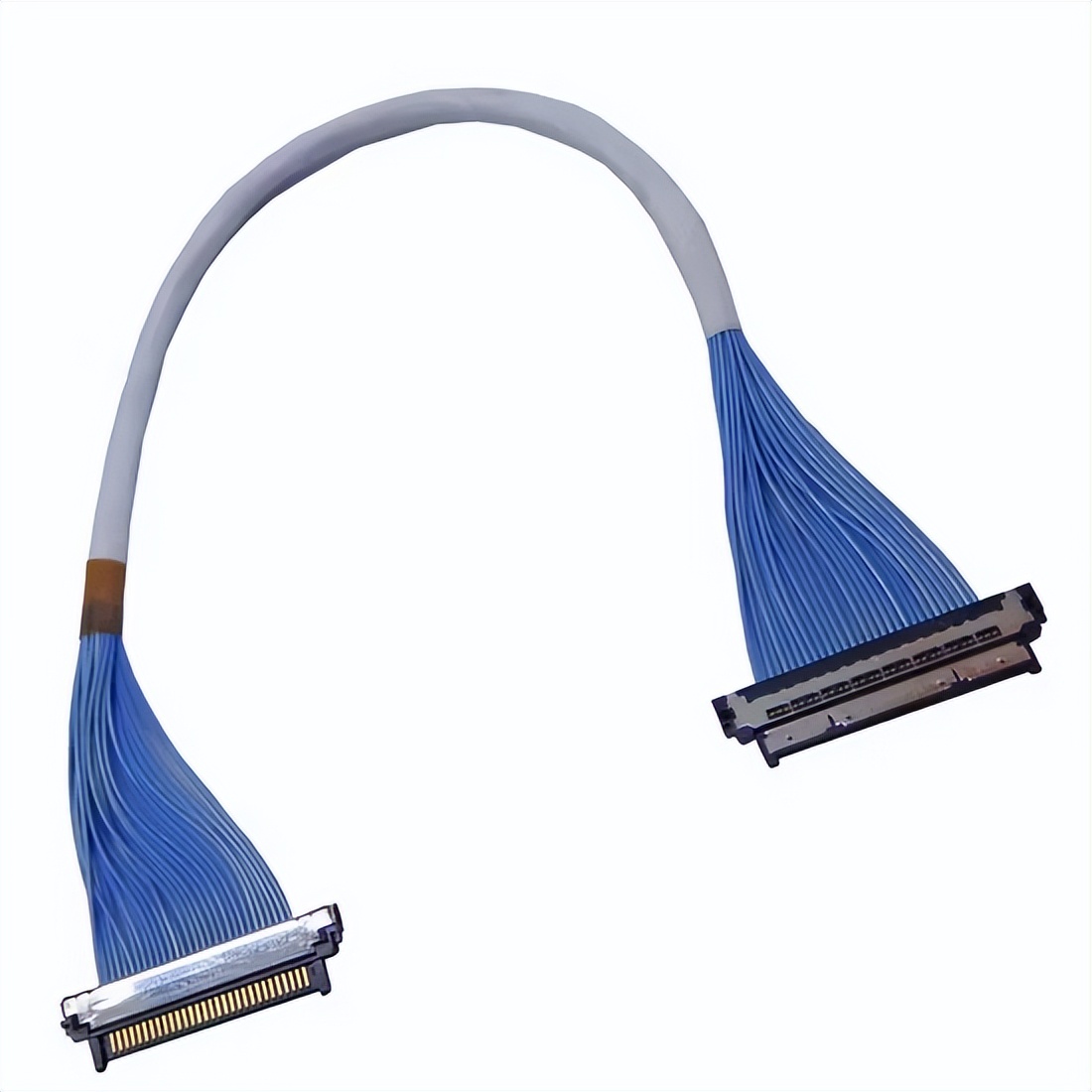
Under high-frequency conditions, problems are more prominent.
Extremely thin coaxial cable bundles are commonly used in high-speed interface scenarios, such as the MIPI channels of cameras and the eDP connections of displays. The higher the frequency, the more sensitive the impedance control is. In millimeter wave or high-speed digital signal environments, even a deviation of only a few ohms may cause obvious waveform distortion, speed reduction, or even data errors.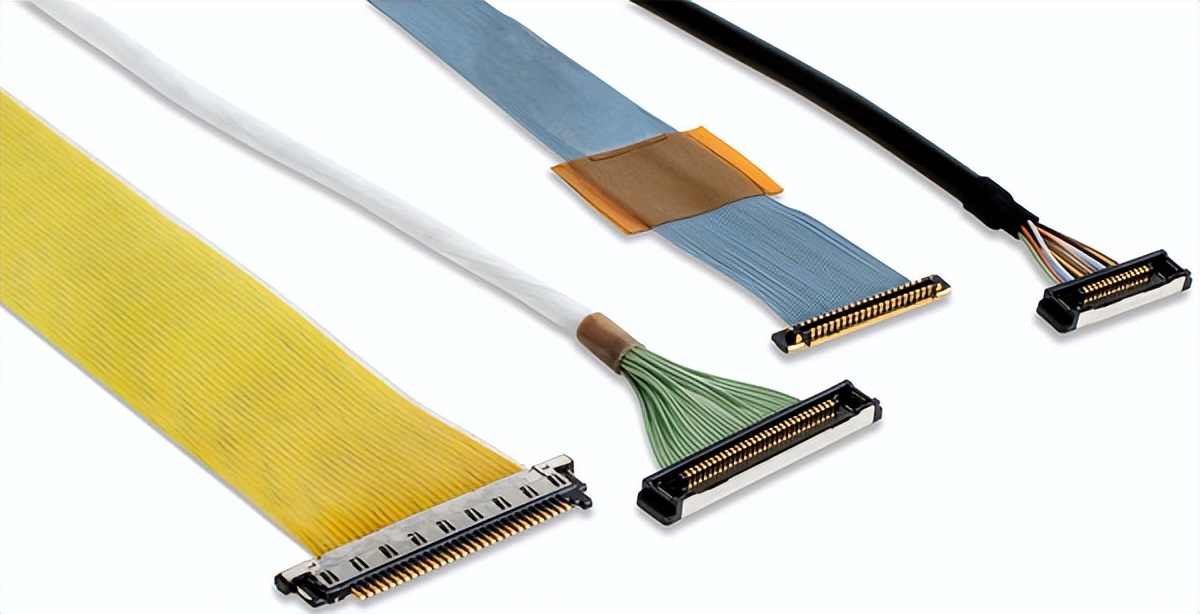
Impedance mismatch can also lead to energy consumption and heat issues.
Impedance mismatch not only ruins signal integrity but also leads to power reflection. The reflected energy is converted into heat, increasing the internal temperature rise of the system. For devices with compact volume and limited cooling conditions, this additional heat will directly affect the life and reliability.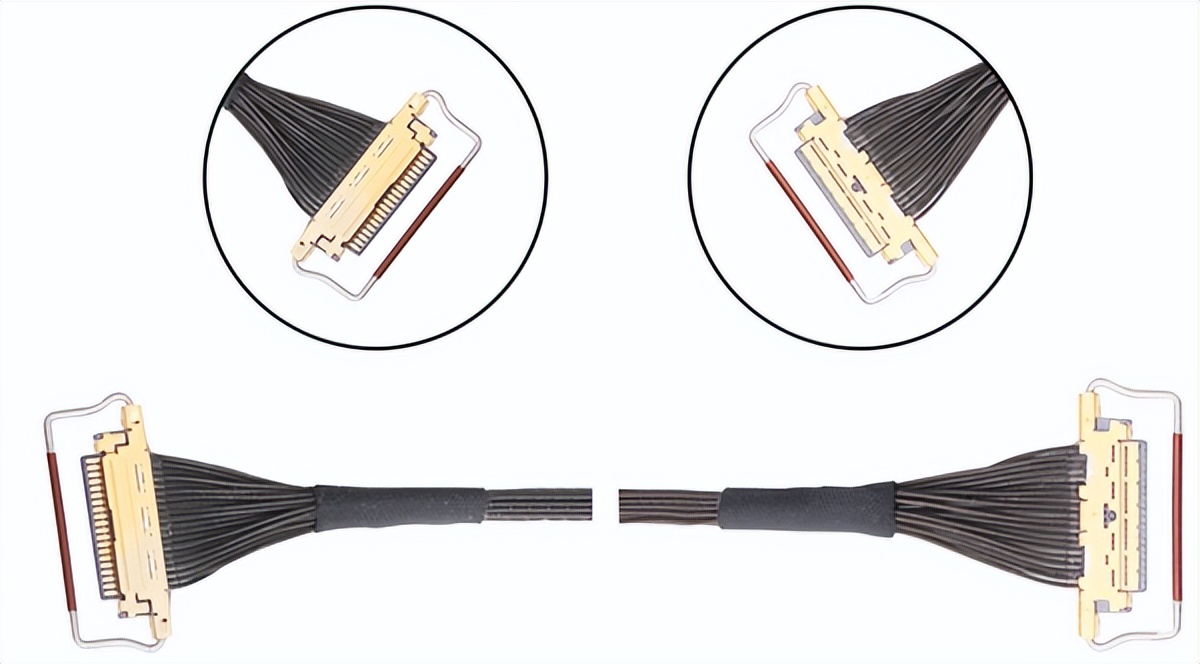
Connectors are equally critical to system design.
Micro-coax cable assemblies are usually paired with miniature connectors such as KEL, Hirose, and I-PEX. Even if the cable itself has precise impedance, signal reflections and interference can still be introduced if the connector or PCB routing design does not match. Therefore, impedance matching must be considered from the perspective of the entire signal chain, rather than just the cable itself.
Choose high precision impedance cable: commonly used standards are 50 Ω or 45 Ω.
Properly match the connector with PCB design: control the impedance continuity at the interface and layout stage.
Conduct simulation verification: identify potential problems in advance through electromagnetic simulation.
Adjust the regulatory network as necessary: micro-tune and compensate the impedance of high-frequency links.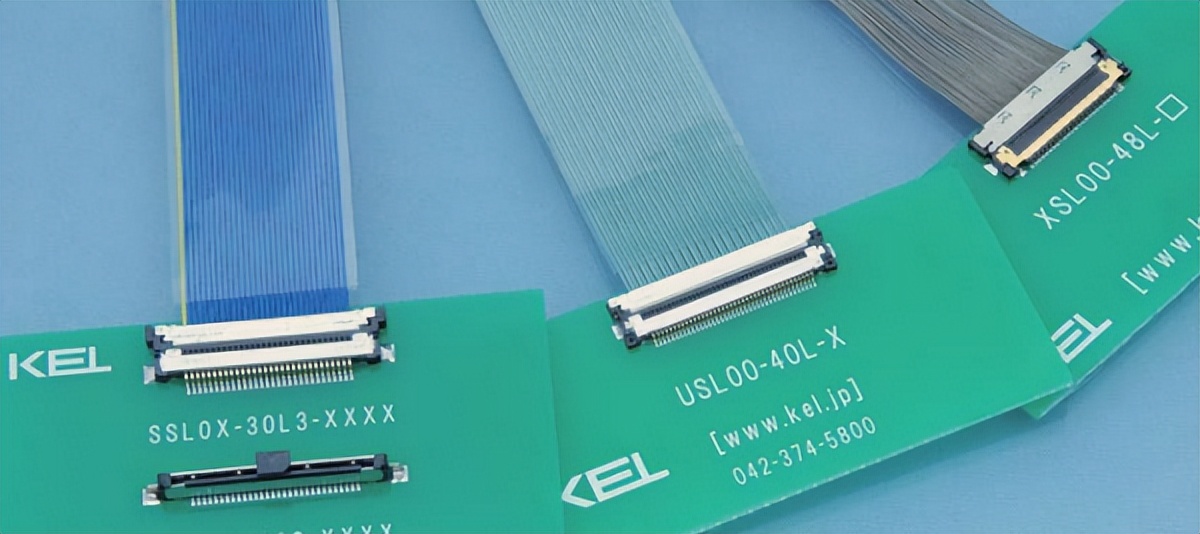 For extremely thin coaxial cable bundles, impedance matching is not a "nice-to-have" additional requirement, but a core link to ensure performance and reliability. Only by strictly controlling impedance from the initial design can stability and efficiency be maintained in high-speed signal transmission, allowing the equipment to truly perform as it should.
For extremely thin coaxial cable bundles, impedance matching is not a "nice-to-have" additional requirement, but a core link to ensure performance and reliability. Only by strictly controlling impedance from the initial design can stability and efficiency be maintained in high-speed signal transmission, allowing the equipment to truly perform as it should.
I am[Suzhou Huichengyuan], Long-term focused on the design and customization of high-speed signal cable harnesses and ultra-fine coaxial cable harnesses, committed to providing customers with high-quality high-speed interconnect solutions. If you have any related needs or would like to learn more, please contact:Manager Yin 18913280527 (WeChat number same)。